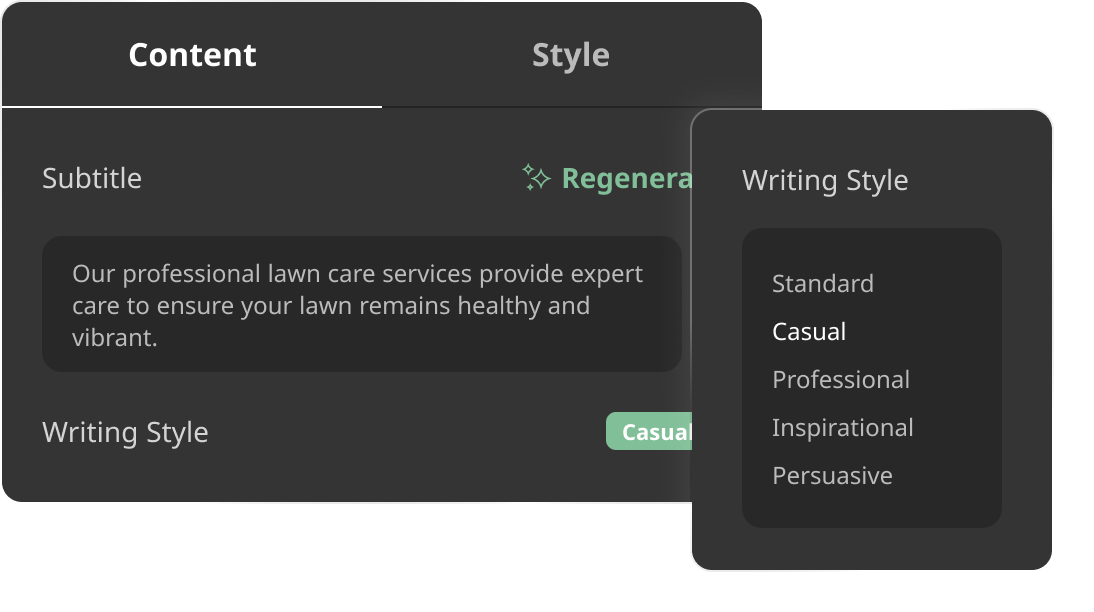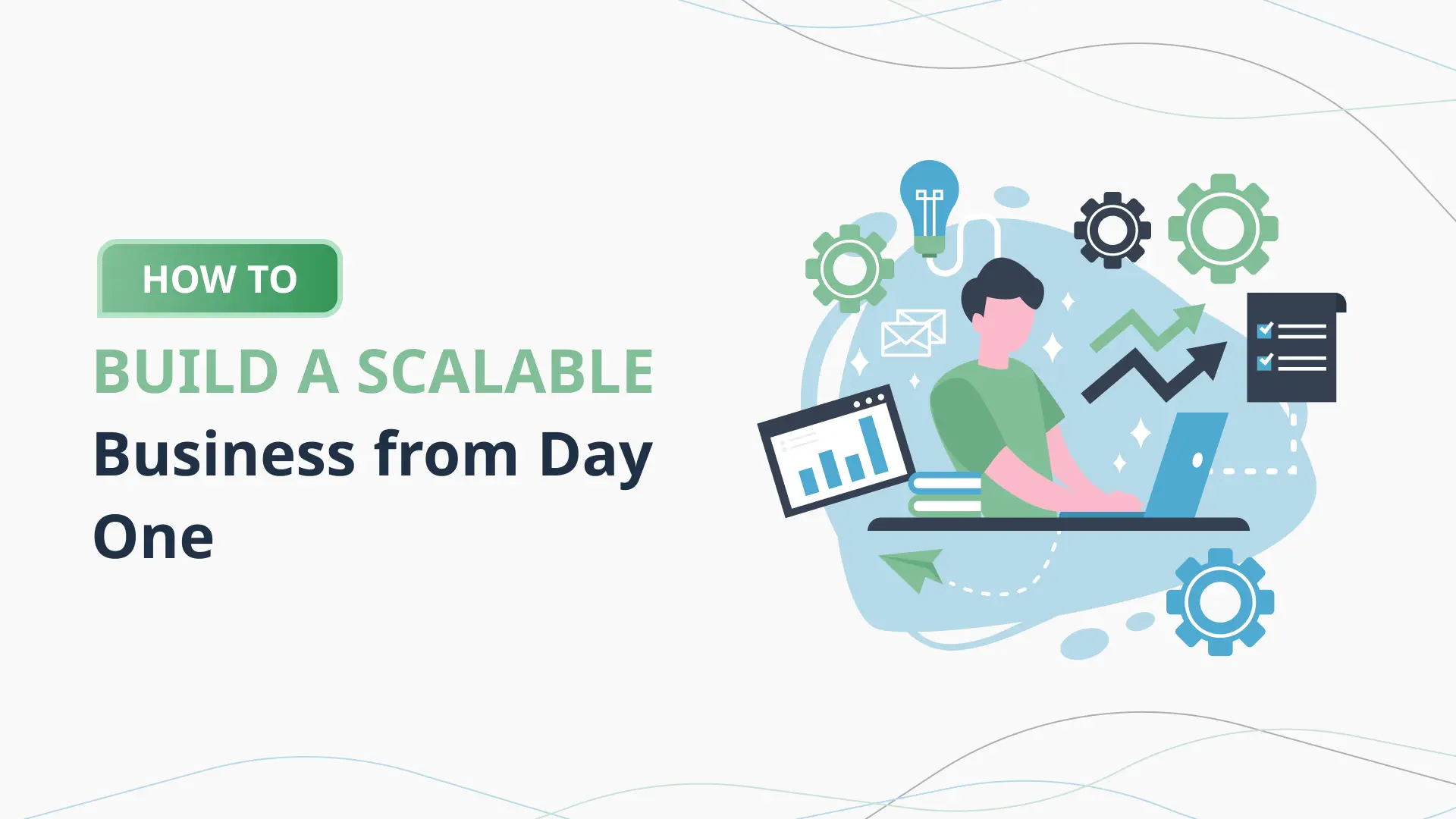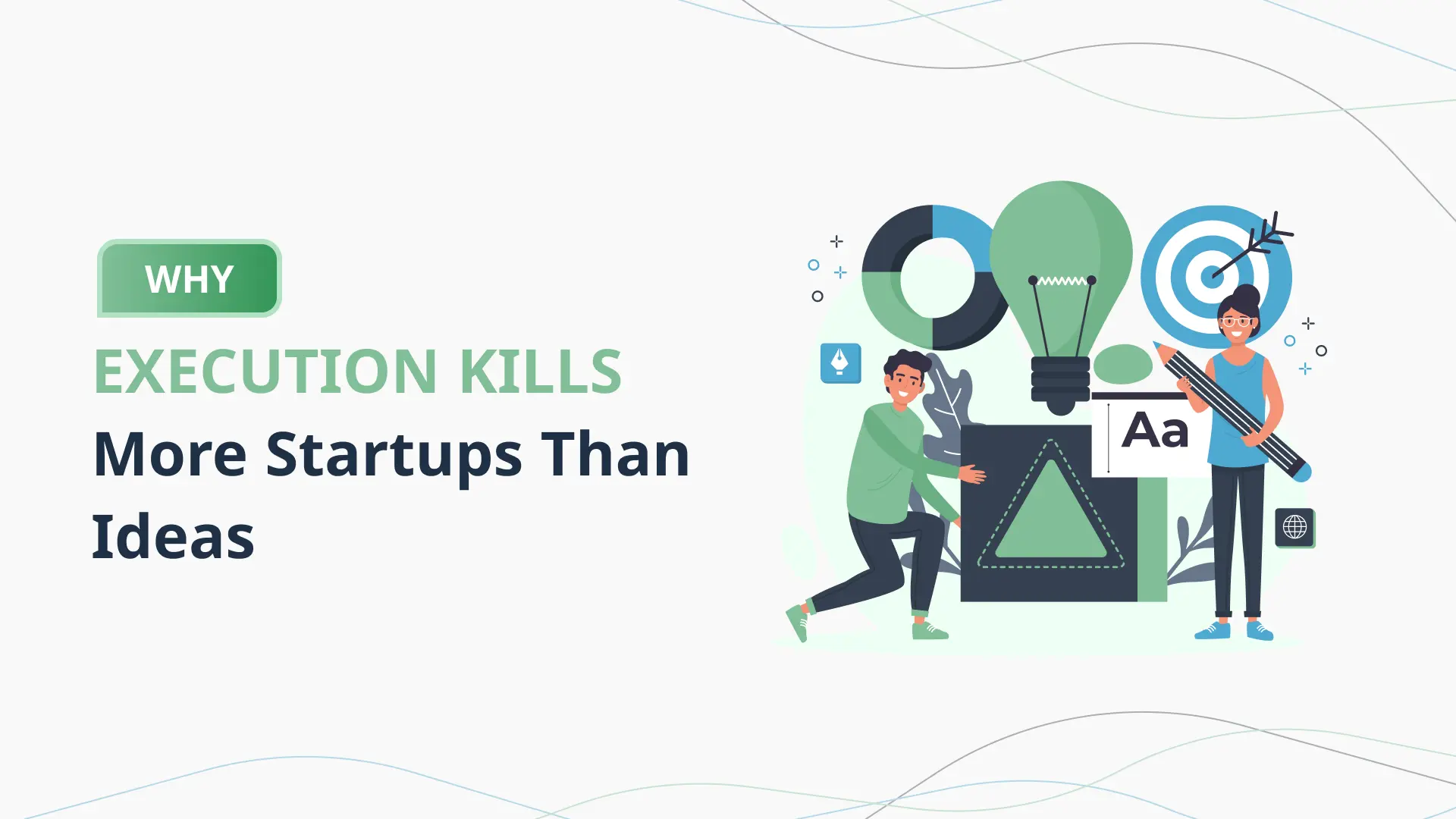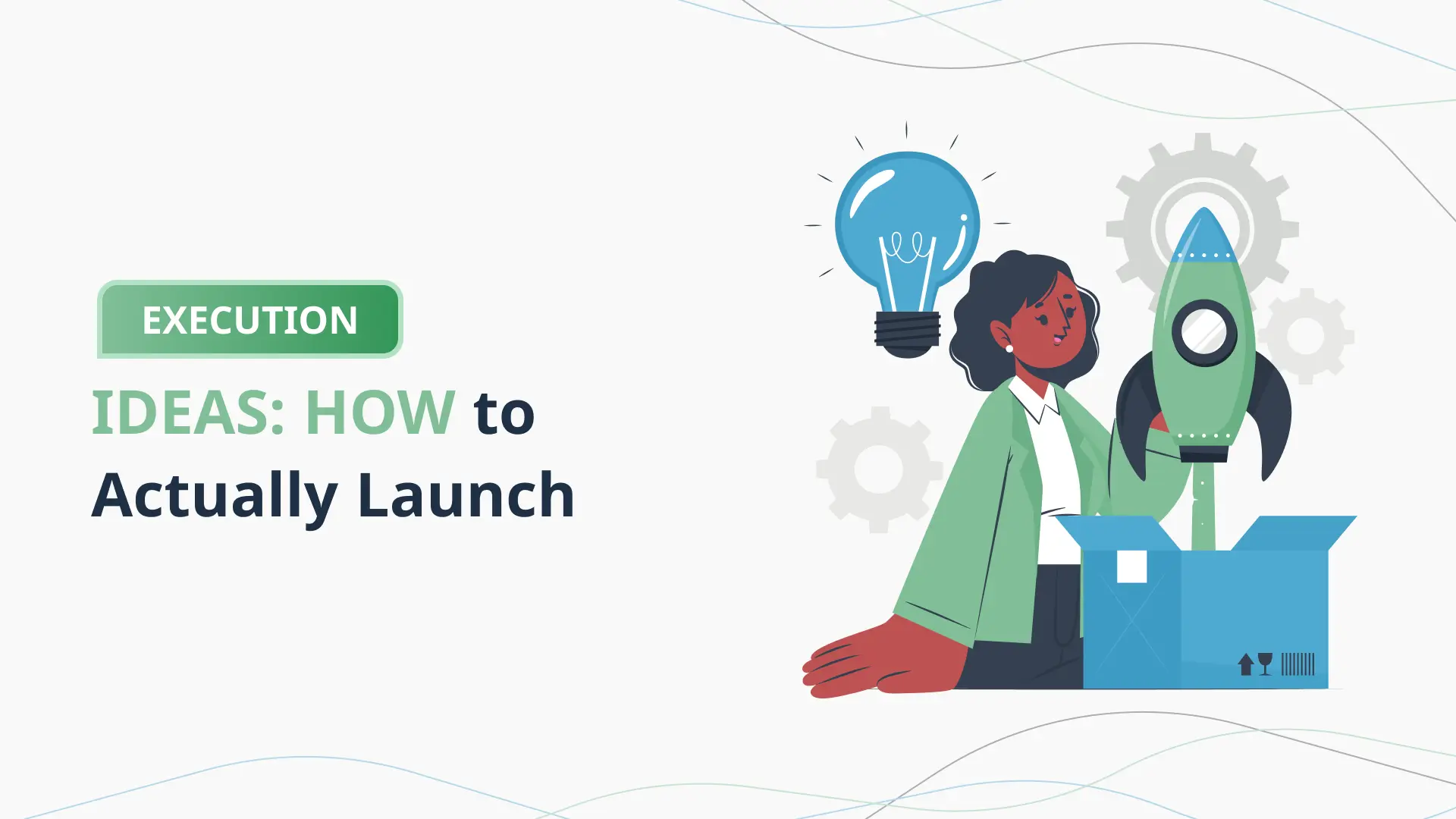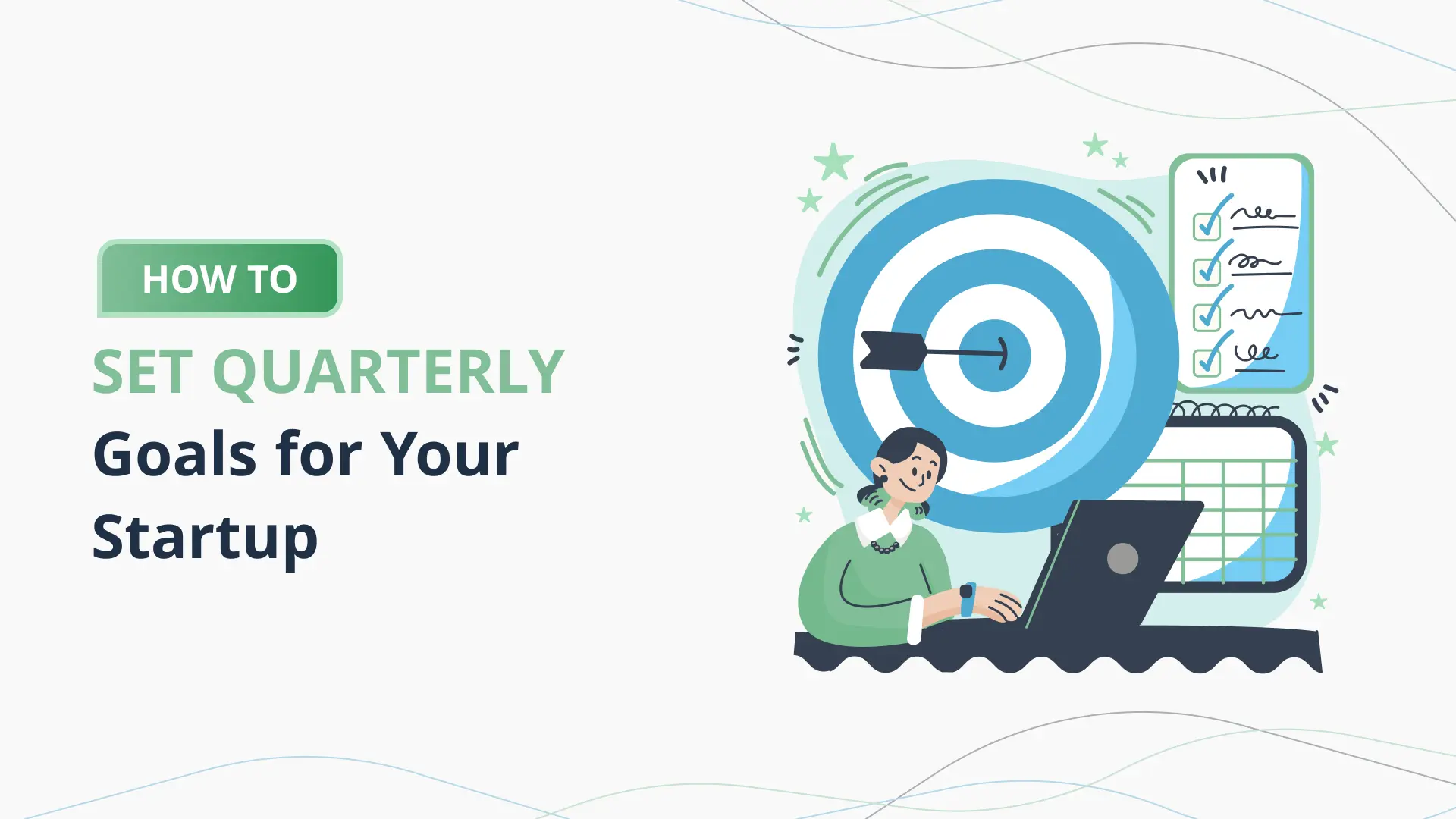How to Research Trends Before Launching Your Product
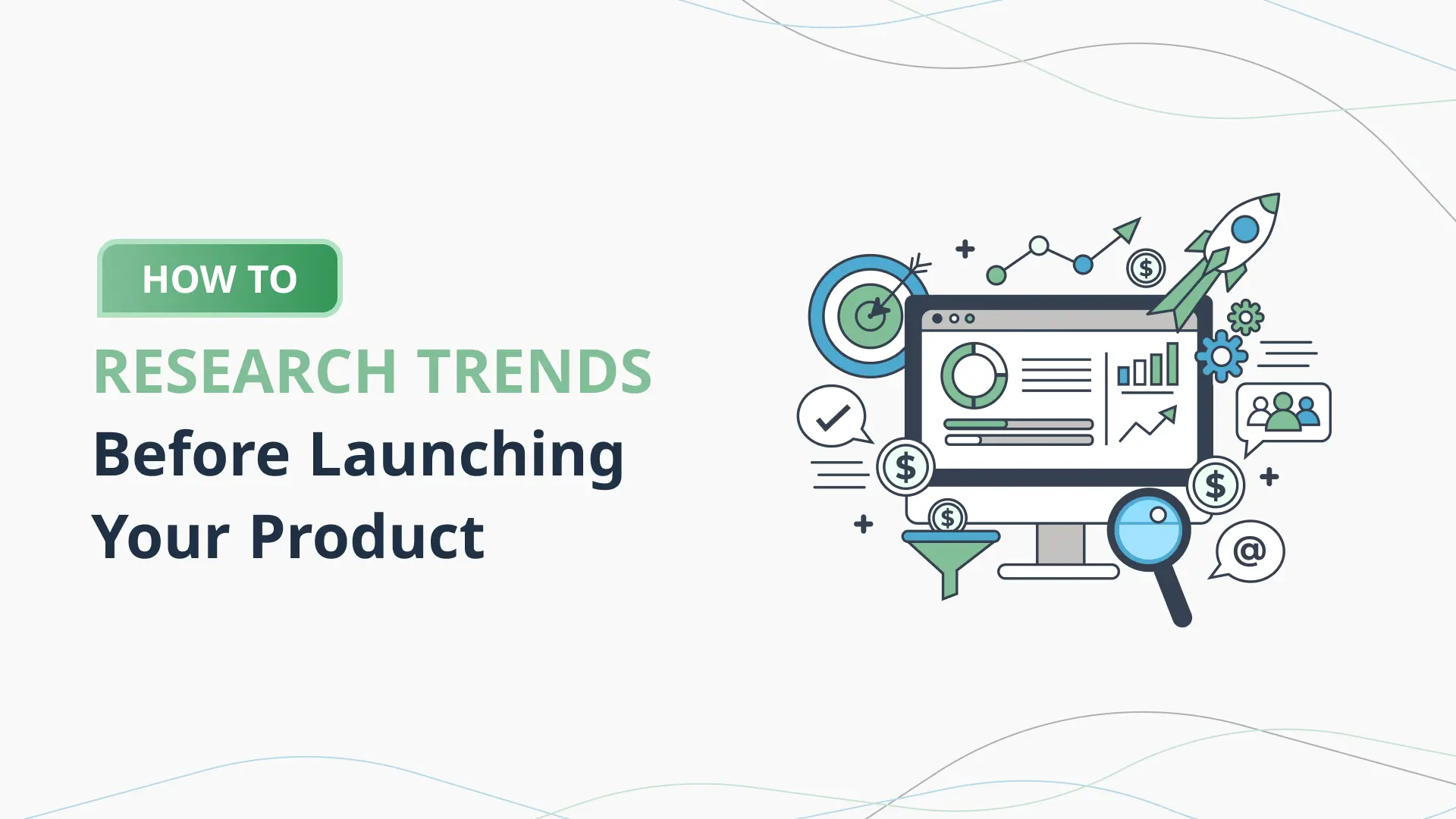
Introduction
Bringing a new product to market is one of the most exciting—and risky—ventures a business can undertake. Whether you’re a startup aiming to make your mark or an established company expanding your offerings, launching a product involves significant investments of time, money, and resources. Yet, despite these commitments, many products fail shortly after launch. Often, the root cause isn’t the product itself but the lack of proper market alignment. That’s where trend research comes in.
In today’s hyper-connected world, markets shift at a dizzying pace. Consumer preferences evolve rapidly, technology disrupts entire industries overnight, and global events can reshape demand in the blink of an eye. To succeed in such a dynamic environment, businesses need more than intuition—they need data-driven insights. Trend research is the compass that can guide your product development, helping you identify emerging needs, avoid saturated markets, and position your offering for maximum impact.
But what does researching trends actually entail? It goes far beyond skimming news headlines or checking social media hashtags. True trend research involves digging into data, analyzing patterns, and understanding the deeper drivers of change in your industry. It means knowing not just what your customers want today, but what they will need tomorrow.
Let’s say you’re planning to launch a health food product. A basic look at the market might show you that consumers are interested in “healthy snacks.” But trend research can reveal more nuanced insights: rising interest in plant-based proteins, growing concern over sugar intake, or the demand for environmentally sustainable packaging. These subtleties can be the difference between a product that flops and one that flies off the shelves.
Moreover, effective trend research isn’t just about identifying opportunities—it’s also about managing risks. If you’re unaware of declining interest in a particular category or emerging competitors offering better solutions, your launch could fail despite having a solid product. Anticipating challenges allows you to adapt your strategy, refine your value proposition, or even pivot your product idea before it’s too late.
Fortunately, modern tools make trend research more accessible and actionable than ever before. Artificial intelligence (AI) platforms like the PlanVista app offer powerful capabilities to analyze market data, monitor competitor activity, and extract meaningful trends. These tools can streamline your research process, reduce human error, and equip you with insights that would otherwise take weeks or months to uncover manually.
In this blog post, we’ll explore the full spectrum of trend research: what it is, why it matters, how to do it effectively, and how AI tools can make your efforts more efficient and accurate. Whether you’re developing your first product or adding to an existing portfolio, this guide will help you launch with confidence—armed with the knowledge and foresight needed to succeed in a competitive landscape.
Next, we’ll dive into the foundational importance of understanding market trends and how this knowledge can shape a successful product strategy.
Understanding Market Trends: The Foundation of Product Success
Before you can ride the wave of a trend, you need to know where the tide is heading. Market trends are directional changes in consumer behavior, industry innovation, and societal shifts that influence how people live, work, and buy. They’re not just buzzwords—they’re indicators of where opportunities lie and how businesses can align their offerings to meet real and evolving needs. Understanding these trends is the first critical step in laying the groundwork for a successful product launch.
At its core, a market trend is a pattern that shows how and why something is gaining or losing popularity over time. These trends can be broad, such as the global move toward sustainability, or niche, like the rising demand for low-alcohol craft beverages. Recognizing the relevance and trajectory of a trend helps businesses develop products that don’t just compete—they lead.
Take the example of remote work. A decade ago, it was a perk; now it’s a norm in many industries. Companies that anticipated this shift early, offering tools like video conferencing platforms, collaborative software, or ergonomic home office equipment, positioned themselves as market leaders. They succeeded not because they were lucky, but because they listened to the signals and acted strategically.
The ability to spot and understand market trends provides several key benefits:
- Consumer Relevance: Products that align with current trends resonate more with customers. You’re not trying to convince people they need your product—they already want it.
- Stratgic Differentiation: A clear understanding of trends allows businesses to carve out a unique space in the market, offering something that competitors may have overlooked.
- Forward-Looking Innovation: Rather than reacting to market changes, trend-savvy businesses proactively shape their product roadmap in anticipation of what’s coming next.
- Investment Confidence: Stakeholders are more likely to support a product when it’s backed by clear evidence of market demand and trend alignment.
However, accurately interpreting trends is not always straightforward. It’s easy to confuse a fad—a short-term craze—with a true trend that has staying power. Remember fidget spinners? They exploded and vanished almost as quickly. On the other hand, wearable fitness technology began as a trend and is now a fixture in the health and wellness sector.
The challenge is distinguishing noise from signal. This requires disciplined research, critical analysis, and sometimes a bit of skepticism. Trend data can come from a variety of sources: industry reports, consumer surveys, news analysis, online search behavior, and even customer service logs. The key is not just collecting this data, but synthesizing it into meaningful insights that inform product decisions.
And this is precisely where an AI business plan tool like the PlanVista app excels. By aggregating data from multiple sources and using machine learning to identify patterns, PlanVista empowers businesses to uncover hidden trends and validate product ideas quickly and efficiently.
In the next section, we’ll explore the specific tools and techniques you can use to uncover these trends and integrate them into your product planning process.
Tools and Techniques for Effective Trend Research
Effective trend research is more than just a market scan—it’s a strategic process that combines data collection, analysis, and interpretation to uncover meaningful insights. To get it right, you need to use the right tools and techniques. Whether you’re a startup founder conducting DIY research or a seasoned entrepreneur refining a product launch strategy, these resources can help you decode the signals in a noisy market landscape.
Traditional Research Methods
- Surveys and Questionnaires
These are classic tools for gathering first-hand data directly from your target audience. Surveys allow you to explore preferences, behaviors, and unmet needs. Tools like SurveyMonkey, Google Forms, or Typeform make it easy to deploy and analyze surveys. The key is to ask open-ended and specific questions that reveal what consumers are thinking and why.
- Focus Groups
Focus groups provide qualitative insights through structured discussions with a small group of potential customers. This method uncovers emotional responses and deeper perceptions that might not emerge from surveys. They’re especially useful for early-stage concept testing and understanding the “why” behind consumer behavior.
- Competitor Analysis
Keeping an eye on your competition can help you identify market gaps, over-served segments, or new positioning strategies. Tools like SEMrush, SimilarWeb, and even Google Alerts let you monitor competitor activity and detect shifts in their marketing, product offerings, and customer feedback.
Digital and Modern Techniques
- Social Media Listening
With billions of conversations happening online daily, social media is a goldmine for trend spotting. Tools like Brandwatch, Sprout Social, and Hootsuite help you track trending topics, hashtags, and customer sentiments in real time. Platforms like Reddit and niche forums also offer unfiltered consumer opinions.
- Google Trends and Search Analytics
Google Trends is a free tool that shows the popularity of search terms over time. It’s great for understanding rising interest in specific topics or products. Combine it with keyword research tools like Ahrefs or Ubersuggest for a broader picture of consumer curiosity.
- Content and Media Analysis
Monitoring what’s trending in news articles, blogs, and YouTube content can highlight where public attention is headed. Feedly or BuzzSumo can help identify which topics are gaining traction in your niche.
Using AI Tools to Streamline Research
Artificial Intelligence is changing the game for trend research by automating data gathering and offering predictive insights. This is where the PlanVista app shines. Designed as a comprehensive startup planning tool, PlanVista uses machine learning to scan a wide array of data sources—search trends, social media signals, market reports, and more.
With the PlanVista app, you can:
- Identify long-term trends versus short-term fads.
- Track competitor movements and consumer shifts in real time.
- Generate dynamic insights that update as new data emerges.
This allows you to make faster, more confident decisions when shaping your product strategy.
In the next section, we’ll explore how to take these insights and weave them into the heart of your product development process—ensuring you’re not just building something cool, but something truly market-ready.
Incorporating Trend Insights into Product Development
Identifying market trends is only half the battle—the real challenge lies in translating those insights into a viable product. Trend-informed development ensures that what you’re building isn’t just innovative, but aligned with what consumers actually want. When done right, it transforms raw data into product features, design choices, and go-to-market strategies that resonate deeply with your target audience.
Step 1: Trend-Driven Ideation
Once you’ve uncovered a trend—say, the growing demand for eco-conscious packaging or AI-enhanced customer service—it’s time to brainstorm product ideas that align with it. Ideation sessions should be collaborative, with cross-functional teams weighing in. Use whiteboards, mind maps, or digital collaboration tools like Miro to explore how the trend can influence your product’s features, user experience, or value proposition.
Let’s say you’re launching a skincare line and notice a trend toward “clean beauty.” This could inspire ideas like plant-based ingredients, minimalist branding, or refillable containers. The trend becomes a lens that filters and refines your innovation process.
Step 2: Concept Testing with Your Target Market
Before building anything, validate your ideas through concept testing. Create mock-ups or simple descriptions and present them to your ideal customers via surveys, social media polls, or in-person interviews. Collect feedback on perceived value, relevance, and uniqueness. Ask questions like:
- “Does this solve a problem for you?”
- “What do you like or dislike about this idea?”
- “Would you consider buying this?”
Feedback loops ensure you’re not operating in a vacuum and give you the opportunity to pivot early, before substantial resources are committed.
Step 3: Prototype Development
With validated concepts in hand, you can move into prototyping. Depending on your industry, this might mean building a physical sample, a wireframe for an app, or a basic version of your service offering. The key is to iterate quickly. Your prototype should be good enough to test with real users, but not so polished that changes become expensive.
Trends should still be guiding you here. For instance, if your product aligns with the trend of gamification in education, your prototype should incorporate user-friendly interfaces, point systems, and progress tracking—features the market expects and appreciates.
Step 4: Market Testing and Feedback
Once your prototype is ready, conduct small-scale market testing. This can be done through pop-up events, beta testing programs, or pilot partnerships. Gather data on usage, engagement, and satisfaction. This is where trends really prove their worth—products that hit on the right trend often enjoy quicker adoption and better word-of-mouth.
Throughout this cycle, you should continually refer back to your trend research. Markets evolve rapidly, and trends can shift. Regular check-ins using tools like the PlanVista app help ensure you’re still aligned with consumer interests and can adapt if necessary.
Integrating trend insights into development isn’t about chasing the next big thing. It’s about understanding your customer’s world and building products that naturally fit into it. In the next section, we’ll explore common challenges in trend research—and how to overcome them to keep your product strategy on track.
Overcoming Challenges in Trend Research
While trend research is a powerful tool for product development, it’s not without its pitfalls. From data overwhelm to misinterpretation, several hurdles can stand in the way of extracting actionable insights. Understanding these challenges—and how to navigate them—can make the difference between a hit product and a costly misfire.
Challenge 1: Data Overload
In today’s digital age, there’s no shortage of data. The real problem is knowing what to pay attention to. Entrepreneurs often find themselves drowning in stats, reports, and social media chatter. Without a clear framework, it’s easy to chase every new idea or get stuck in analysis paralysis.
Solution: Start with a clear hypothesis or objective. Are you looking to understand changing consumer values? Are you tracking the rise of a specific technology? Define your goal, then choose relevant data sources. Use AI-powered tools like the PlanVista app to cut through the noise—PlanVista helps you filter and prioritize data based on your specific industry and business goals.
Challenge 2: Mistaking Fads for Trends
Not every viral sensation is a trend worth betting your product on. Fads can be intense but short-lived, often driven by media hype or social influencers. If your product hinges entirely on a fleeting craze, you risk becoming obsolete once consumer attention shifts.
Solution: Look for patterns that persist over time and across demographics. Trends usually have deeper social, economic, or technological drivers. For example, the shift toward plant-based diets is rooted in health, environmental, and ethical considerations—making it more enduring than a temporary diet fad.
Challenge 3: Confirmation Bias
When researching trends, it’s natural to favor data that supports what you already believe. But this can lead to overlooking critical warnings or alternative perspectives, resulting in skewed product strategies.
Solution: Use multiple data sources and viewpoints. Balance qualitative insights from interviews and focus groups with quantitative data from surveys and analytics tools. AI-driven platforms like PlanVista reduce human bias by offering data-driven insights that are based on patterns, not opinions.
Challenge 4: Timing the Trend
Timing is everything. Enter a market too early, and consumers may not be ready. Come in too late, and it might be saturated. Knowing when to act on a trend is as crucial as spotting it.
Solution: Analyze the adoption curve. Early signals include increased media coverage, rising search interest, and growing social media discussions. Tools like Google Trends, combined with PlanVista’s forecasting features, can help assess whether a trend is on the rise, peaking, or declining.
Challenge 5: Resource Constraints
Small businesses or solo entrepreneurs often lack the time, tools, or budget for deep market research.
Solution: Start lean. Use free or low-cost tools like Google Trends, Reddit, or Twitter analytics. Then, gradually integrate more sophisticated platforms like PlanVista, which consolidates research and planning features in one affordable package, saving both time and effort.
By anticipating and addressing these common obstacles, you can make trend research a reliable foundation for your product planning. In the next section, we’ll explore how AI, especially the PlanVista app, is revolutionizing this process—making it faster, smarter, and more accessible than ever.
The Role of AI in Modern Trend Research
Artificial Intelligence (AI) is no longer a futuristic concept—it’s a practical tool that’s revolutionizing how businesses approach product development, especially when it comes to trend research. In the past, gathering and analyzing market trends required countless hours of manual research, piecing together data from disparate sources. Today, AI does the heavy lifting, enabling entrepreneurs and businesses to make smarter, faster, and more accurate decisions.
Why AI is a Game-Changer
AI excels at recognizing patterns in large datasets—a crucial advantage when dealing with market trends that span millions of data points across social media, search engines, consumer reviews, and industry reports. Instead of combing through spreadsheets and manually reading reports, AI tools can aggregate and interpret this information in real time, providing actionable insights with unmatched speed and precision.
Take, for example, trend detection through sentiment analysis. AI can scan thousands of product reviews, blog posts, or tweets to determine how people feel about a specific topic. Are consumers frustrated with current options? Are they excited about emerging features? This sentiment data adds depth to your trend research, revealing not just what is trending, but why.
Predictive Capabilities
One of the most powerful features of AI in trend research is predictive analytics. Traditional methods show you what’s happening now; AI can forecast what’s likely to happen next. By examining historical data and identifying recurring patterns, AI algorithms predict future trends—giving your product development efforts a forward-thinking edge.
This capability is especially useful for startups and small businesses trying to get ahead of the curve without massive R&D budgets. Imagine knowing six months in advance that demand for a particular feature is likely to spike. That kind of foresight can be the difference between leading a market and missing an opportunity.
Enter the PlanVista App
The PlanVista app exemplifies how AI can be harnessed for accessible, intelligent trend research. As a full-service AI business plan tool, PlanVista integrates trend analysis directly into the startup planning process. Here’s how it adds value:
- Data Aggregation: PlanVista pulls information from multiple sources—search data, industry reports, social media trends, and more—then distills it into a clear picture of what’s gaining traction in your niche.
- Smart Filtering: It eliminates noise by highlighting the most relevant trends based on your specific business goals, product category, and target market.
- Visual Insights: The app offers intuitive dashboards and visualizations that make complex data easy to understand and act upon.
- Business Plan Integration: Unique among trend tools, PlanVista doesn’t just stop at research. It helps you translate those insights into a structured, data-backed business plan.
Conclusion: Launch Smarter with Strategic Trend Research
Launching a new product is a high-stakes endeavor, and in today’s fast-moving, hyper-competitive marketplace, intuition alone is no longer enough. Success hinges on how well you understand your audience, anticipate market needs, and align your product with emerging trends. That’s why trend research is not just a step in the process—it’s the cornerstone of any effective product development strategy.
Throughout this guide, we’ve explored how businesses can uncover trends, overcome research challenges, and integrate insights directly into their product planning. We’ve shown how traditional methods like surveys and focus groups still play an important role, and how modern tools like Google Trends and social listening platforms can provide real-time consumer intelligence. Most importantly, we’ve highlighted the transformative role of artificial intelligence in making this process faster, smarter, and more accessible than ever.
Using AI to power your trend research doesn’t just save time—it significantly boosts the quality and relevance of your insights. Platforms like the PlanVista app go beyond simple data collection. They provide predictive analytics, visual dashboards, and business planning integrations that help you turn market intelligence into strategy. It’s not just about knowing what’s trending—it’s about knowing what to do with that knowledge.
Imagine being able to identify a market gap weeks or months before your competitors. Picture launching a product that’s already in demand, because your research told you exactly what consumers were looking for. This isn’t guesswork; it’s smart, data-backed strategy—and it’s what sets successful products apart from those that never gain traction.
Of course, research is just one part of the puzzle. Execution matters. But by grounding your decisions in robust trend analysis, you set the stage for more effective design, development, and marketing. You reduce risk, improve alignment with customer needs, and maximize your chances of making a meaningful impact.
Whether you’re a solo entrepreneur sketching out your first idea or a seasoned business leader refining your product roadmap, the tools and techniques covered in this blog can elevate your approach. And with the help of a powerful AI business plan tool like PlanVista, you don’t need a large team or budget to compete at a high level.
Ready to build something that truly meets the market?
Start your trend-informed journey with PlanVista today—and launch with confidence.
FAQs
Begin with a clear goal. Use free tools like Google Trends, follow industry blogs, and survey your target audience for firsthand insights.
PlanVista uses AI to analyze market data, predict trends, and integrate insights directly into your business planning workflow.
Absolutely. By aligning your product with real consumer needs and emerging market dynamics, trend research minimizes guesswork and reduces risk.
Yes. Even in niche markets, understanding micro-trends and consumer sentiment can give you a competitive edge and guide product features and positioning.
